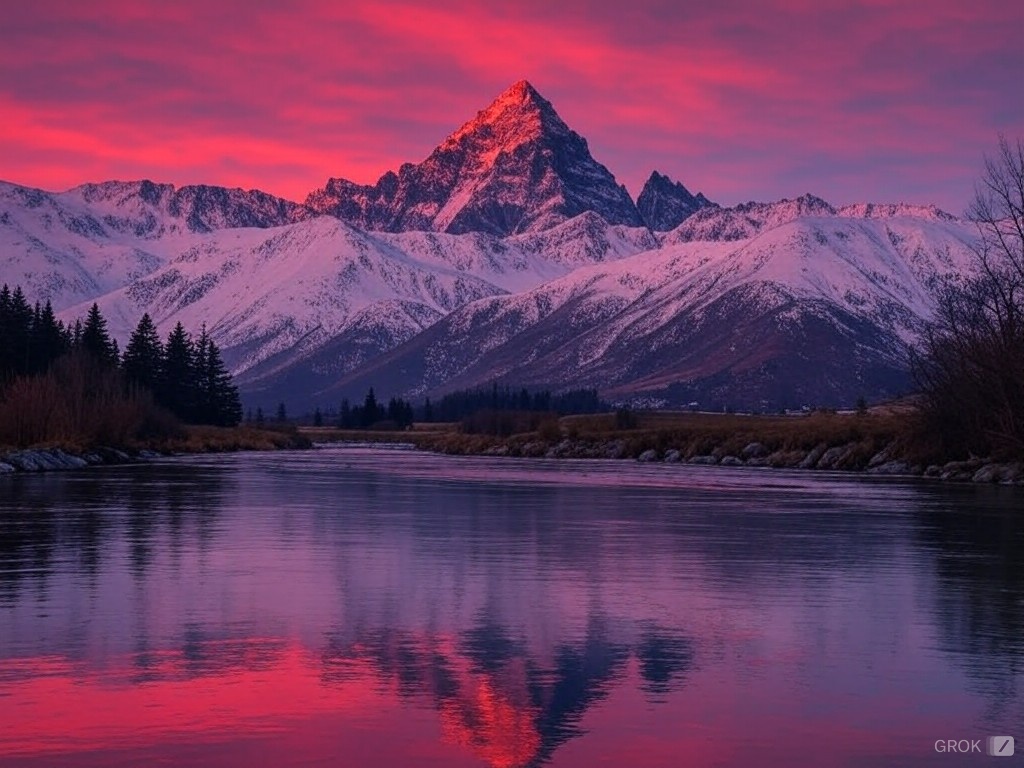Ah, Unity! A powerhouse tool that lets folks like us – yeah, I’m talking about game developers and level designers – create some truly thrilling game environments. If I’ve picked up anything in my years of tangling with Unity, it’s that mastering terrain can significantly juice up your game levels. But where do you even start?
Let’s talk about Unity’s Terrain Editor first. It’s sort of like the Swiss Army knife for crafting landscapes. You can sculpt mountains and valleys that feel so real, you’d swear you could walk out your door and right into them. It’s all about a delicate dance with heightmaps and textures. Get it wrong, and it looks kind of… off. But when you nail it, the effect is nothing short of amazing.
I remember this one project—ah, that was a crazy deadline. We were tasked to create a sprawling forest with hidden bases and all that cool, secretive stuff. Using Unity’s brush tools, I sculpted a terrain that went from gentle hills to imposing cliffs. Let’s just say it was a lot of tweaking, sipping bad coffee at midnight, and shouting at the screen. The result? A level that not only looked good but played well, with natural barriers that guided players straight into the heat of the action.
Textures: Bringing Your World to Life
Textures are your best friend when it comes to adding that oomph to the terrain. Unity lets you layer them up, mixing and matching to get just the right look. What I love is blending a muddy path that winds through a lush, green forest, and then seeing how it changes under different lighting conditions. It’s like painting with a wide brush – but the paint is alive and interacts with everything around it.
But it’s not just about looking pretty. You’ve got to think about how textures affect gameplay. Slippery ice patches, treacherous sands, or crunchy leaves can alert enemies. Every choice has weight, which adds layers to strategizing in-game encounters.
Details, Details, Details
It’s the little things, right? Adding details like rocks, trees, and water bodies creates a sense of place. Unity’s ecosystem supports detailed customization, allowing for dynamic changes. Like, imagine reflecting seasons in-game or having vegetation that reacts to weather. There’s nothing quite like watching players pause to take in a sunset you’ve programmed or a deer darting through the forest brush you placed just so.
It sometimes feels like playing god – you know, creating worlds from scratch. But hey, remember balance. Too many elements and your game may stutter like an old car on a cold morning, too few and it might feel as barren as a deserted parking lot.
Now, not every project hits the mark initially. And that’s okay. There’s always a tweak here, an adjustment there that turns a good level into a great one. You learn something new with each terrain you create, collecting these nuggets of wisdom.
And what if you’re stuck? Well, that’s where guys like me come in. Whether it’s wrangling with Unity’s quirks, figuring out the best use of space, or just needing a fresh pair of eyes on a stubborn problem – we can jump in and help sort things out.
Every level you design is not just a part of the game; it’s a piece of you. The late nights, the ‘aha’ moments, the occasional hair-pulling – all these pour into something that you hope others will enjoy as much as you enjoyed making it.
Think you could use a hand crafting memorable game levels that tell stories and provoke emotion? Shoot me an email at [email protected]. Let’s make something awesome together.
Level design isn’t just a task; it’s an art. And like all art, it thrives on passion, patience, and a bit of playful experiment. So here’s to creating worlds that captivate, challenge, and charm. Who’s up for the adventure?
